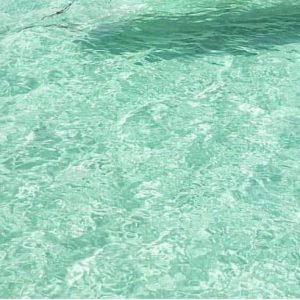By Gerald Horne
For ages the tiny Caribbean island of Dominica was tremendously rich in biodiversity and water too, but in the eighteenth century invading colonizers chose to replace indigenous plant species with sugarcane. This ignited widespread environmental, social, and political disruption, suggesting that plantation slavery was not just implicated in ecological devastation.
By his own admission the author is “an archaeologist writing colonial history” (p. ix), and, thus, he is examining shards of slave property, waterways, mills, and vessels for storing water. As for the written record, the author relies upon archives in London, Aix-en-Provence (France), Martinique, and Dominica itself. He also relies upon a journal of Jonathan Throup, compiled in the late eighteenth century and housed at the University of Aberdeen. He adds, “To locate relevant sources, I relied heavily on published work, including secondary sources that included transcriptions or interpretations of documents” (p. 35). To his credit, the author is able to capture the voices of the enslaved by securing “rebels’ testimonies,” that is, those Africans and their allies who sought to turn colonial society upside down and were interrogated afterwards.
During the 1791 New Year’s Day Revolt, “the whole of the island’s enslaved population in the southeast rose up in revolt, to create an independent state on the windward side of the island” (p. 151). The rebellion was influenced by ongoing unrest in the region, much of it sparked by what became the Haitian Revolution, 1791-1804, which inspired similar upheaval in the vicinity with similar results for our purposes here: that is, interrogatories of the enslaved, which constitute an often untapped source for getting a glimpse of Africans’ views of the environment and social reality. The author writes to that end: “the nature of this conspiracy was not restricted to its shores” (p. 152).
The author also pays attention to natural forces that continue to bedevil, for example, the overwhelming hurricane of 1788 when hundreds were killed and similar events in 1817 and 1834. Hurricanes arrived in the wake of the heralded “Sugar Revolution,” which transformed the island and led to further devastation as this crop tended to supplant food sources—plantain, maize, okra, bananas—to the detriment of Dominica’s denizens. Of course, sugar was primarily an export crop, meaning ab initio less food for the enslaved….
You can read the rest of Horne’s review of Hauser’s Mapping Water in Dominica: Enslavement and Environment under Colonialism at H-Environment, H-Net Reviews. February, 2022

Comments are closed.